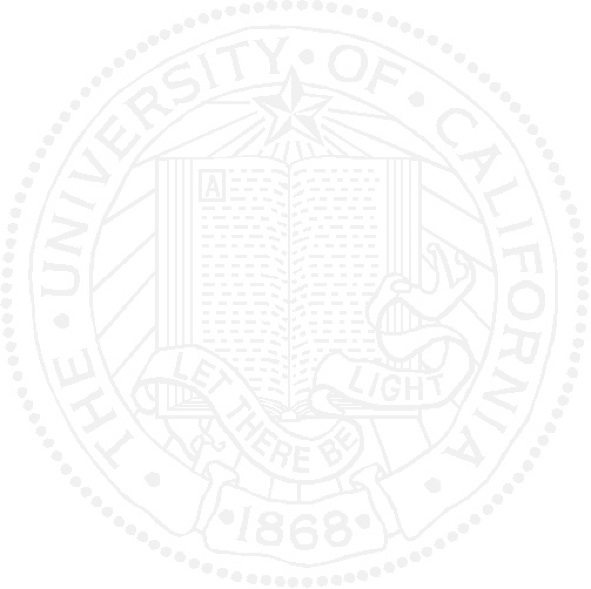FastNav Project:
Navigating ground vehicles through uncertain terrain remains a challenging and difficult task. While much of the work from the DARPA Grand Challenge advanced the state of the art for autonomous vehicles driving through moderately difficult terrain, there is still much work to be done.
It is quite clear that, aside from the superior sensor inputs, humans are able to navigate much faster through cluttered environments than even the best AI we currently possess. Part of this is due to a “reasoned” model that humans employ where areas within the field that are occluded or unobserved are filled in with a “reasonable guess” as to what is actually there. As demonstrated by the occasional crash, this is not a prefect process. Yet it allows humans to navigate unstructured environments rather well.
The research in the FastNav project is to develop a set of heuristics that can be applied to vehicle navigation, and a set of metrics that can be used for probabilistic driving. Current work is focused on roughness models for exo-planetary rovers, probabalistic navigation based on a priori and a posteriori information, and Bezier Curve based path optimization.
This work is funded by NASA University Affiliated Research Center (UARC).
multimedia
Publications
-
(1)Choi, J., Curry, R., Elkaim, G., “Minimizing maximum curvature of quadratic Bézier curves with a tetragonal concave polygonal boundary constraint,” Journal of Computer Aided Design, Vol. 44, No. 4, April 2012, pp. 311-319, doi:10.1016/j.cad.2011.10.008 (pdf)
-
(2)Choi, J., Curry, R., Elkaim, G., “Continuous Curvature Path Generation Based on Bezier Curves for Autonomous Vehicles,” IAENG International Journal of Applied Mathematics, Vol. 40, No. 2, May 2010, pp. 91-101. (pdf)
-
(3)Choi, J., Curry, R., Elkaim, G., “Piecewise Bezier Curves Path Planning with Continuous Curvature Constraint for Autonomous Driving, Machine Learning and Systems Engineering,” Lecture Notes in Electrical Engineering 68, Springer Science+Business Media B.V., 2010. (pdf)
-
(4)Choi, J., Curry, R., Elkaim, G., “Path Planning based on Bezier Curve for Autonomous Ground Vehicles,” in Proceedings of the Advances in Electrical and Electronics Engineering - IAENG Special Edition of the World Congress on Engineering and Computer Science 2008 (WCECS 2008), pp. 158-166, IEEE Computer Society 2009. (pdf)
-
(5)Loh, J., Elkaim, G., “Roughness Map for Autonomous Rovers” American Control Conference, ACC13, Washington D.C., 17-19 June 2013, submitted (pdf)
-
(6)Choi, J., Curry, R., Elkaim, G., “Curvature-Continuous Trajectory Generation with Corridor Constraint for Autonomous Ground Vehicles,” The 49th IEEE Conference on Decision and Control, CDC 2010, Atlanta, Georgia, USA, Dec. 15-17, 2010. (pdf)
-
(7)Choi, J., Curry, R., Elkaim, G., “Real-Time Obstacle Avoiding Path Planning for Mobile Robots,” AIAA Guidance, Navigation and Control Conference, AIAA GNC 2010, Toronto, Ontario, Canada, Aug. 2-5, 2010. (pdf)
-
(8)Choi, J., Curry, R., Elkaim, G., “Smooth Path Generation Based on Bezier Curves for Autonomous Vehicles,” World Congress on Engineering and Computer Science, WCECS 2009, San Francisco, CA, Oct. 20-22, 2009. (Best Student Paper) (pdf)
-
(9)Choi, J., Curry, R., and Elkaim, G., “Collision Free Real-Time Motion Planning for Omnidirectional Vehicles,” European Control Conference, ECC’09, Budapest, Hungary, Aug. 23-26, 2009 (pdf)
-
(10)Choi, J., Curry, R., and Elkaim, G., “Obstacle Avoiding Real-Time Trajectory Generation of Omnidirectional Vehicles,” American Control Conference, ACC 2009, St. Louis, MI, June 10-12, 2009, pp. 5510-5515, doi:10.1109/ACC.2009.5160683 (pdf)
-
(11)Choi, J., Elkaim,G., “Bézier Curves for Trajectory Guidance,” World Congress on Engineering and Computer Science, WCECS 2008, San Francisco, CA, Oct. 22-24, 2008 (pdf)
People
-
• Gabriel Elkaim, Associate Professor, Computer Engineering, UCSC, 831.459.3054
-
• Jeremy Gottlieb, PhD Student, Computer Engineering, UCSC, 831.459.2140
-
• Jonathan Loh, Masters Student, Computer Engineering, UCSC, 831.459.2140
-
• Ji-Wung “Karl” Choi, Ph.D. Student (graduated), now a postdoc at TUT, Finland.





